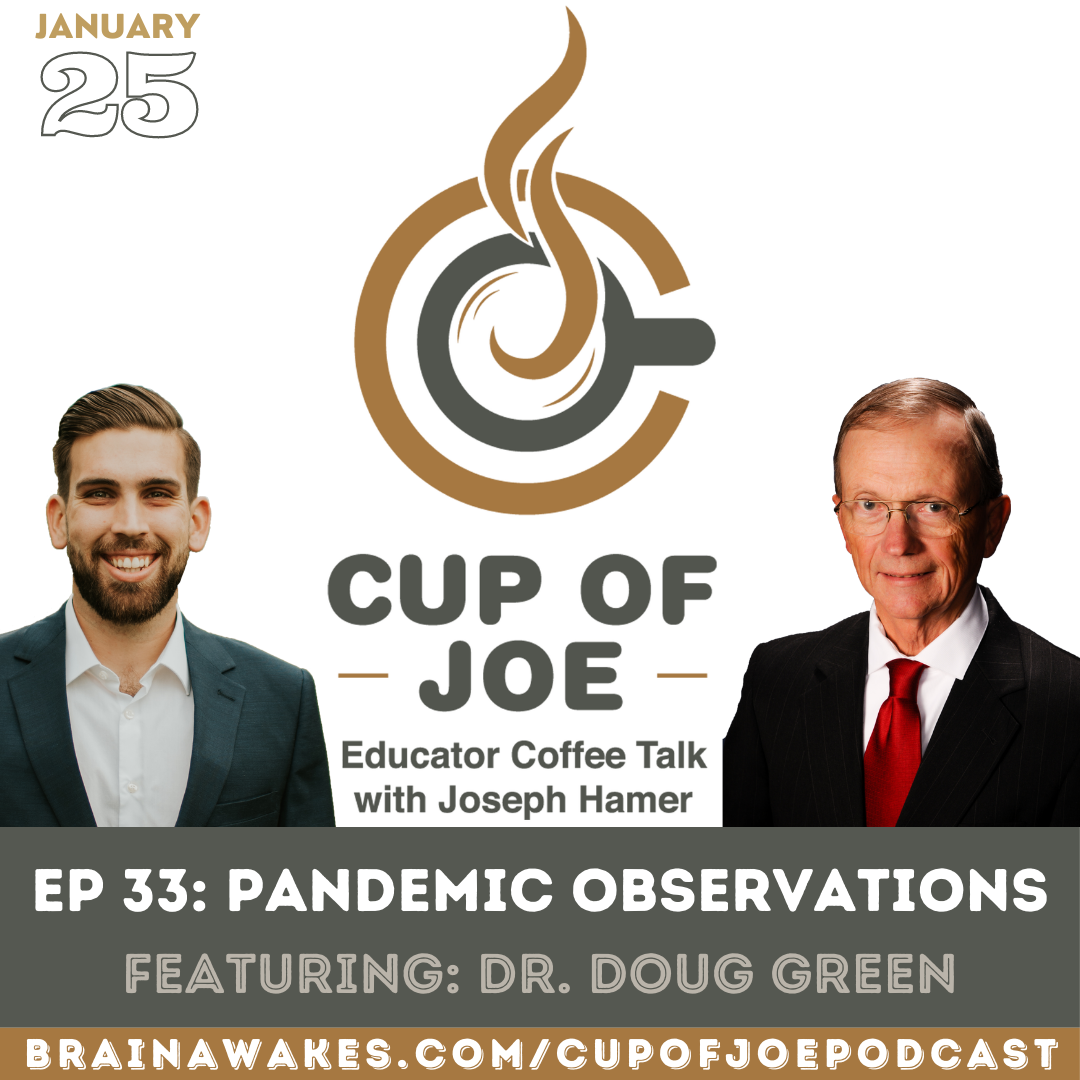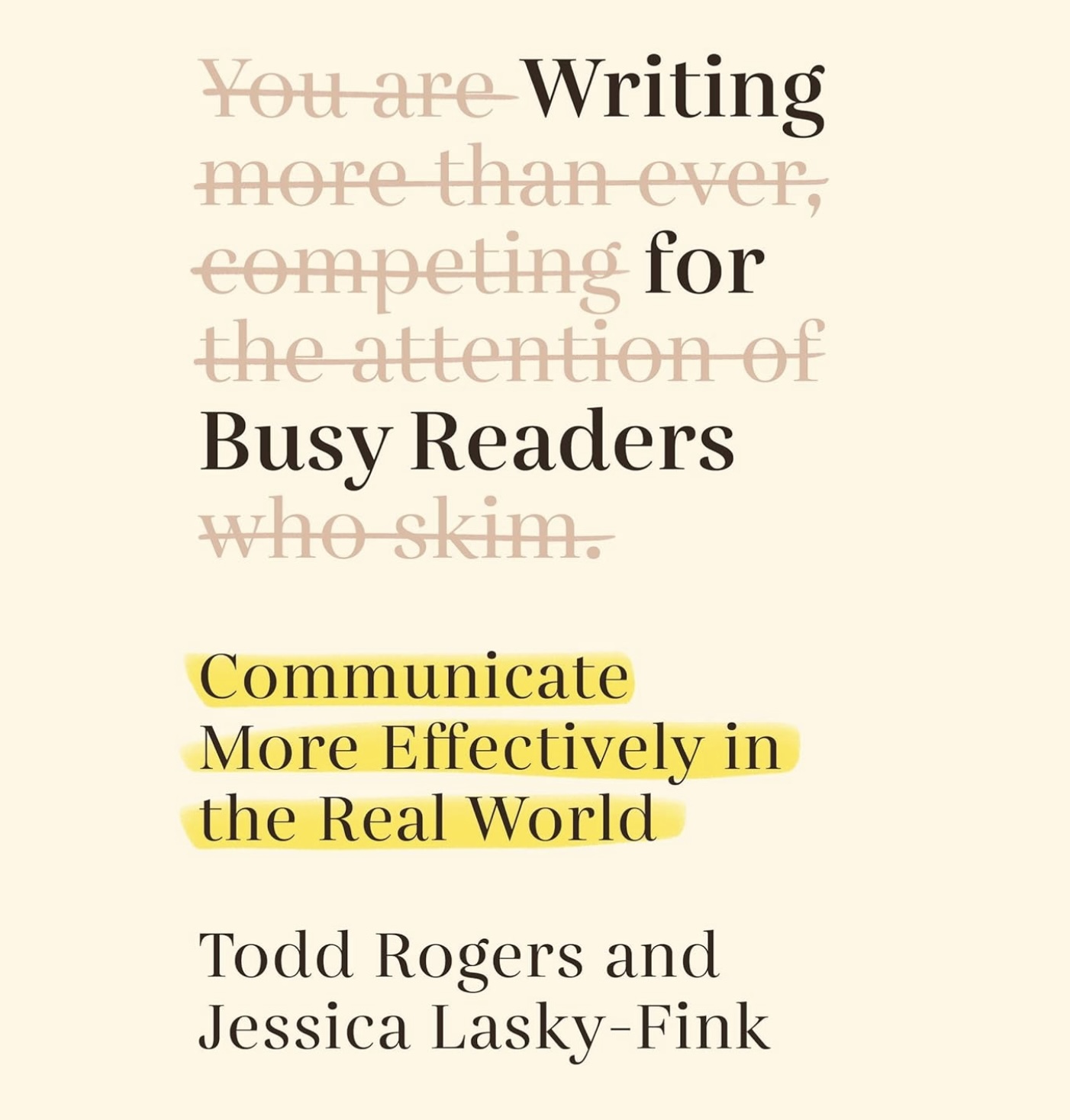I post content as I find it with the date of the top post in the headline. These are free Resources for Busy Parents and Educators Who Don’t Have as Much Time to Read and Surf as I Do. Be sure to check out my book summaries too.
Try the bottom right translate button for your favorite language or one you are trying to learn. If you don’t see it, check your adblocking software.

Ben Kornell and Tom Vander Ark on Predictions for Education in 2026 – In this dual-episode podcast, Tom Vander Ark of Getting Smart and Ben Kornell of EdTech Insiders dive into the transformative year of 2025 in education and share bold predictions for 2026. @tvanderark @benkornell @Edtech_Insiders @Getting_Smart
Why Time Is Measured in 12s and 60s (The Ancient Reason Will Blow Your Mind). This four-minute video is good for upper elementary on up. George Told Me via @YouTube

How AI can fix PD for teachers – Too many PD sessions remain generic, compliance-driven, or disconnected from day-to-day teaching realities. @eschoolnews @szeto_andy

Your Low-Stress, High-Engagement Activity for the Last Week Before Winter Break – The final week before winter break can feel like a strange mix of excitement and exhaustion. Students are buzzing, routines are fraying, and starting something brand new often feels like an uphill battle. @Kajabi

Looking Ahead to 2026: Education at a Crossroads – Students who once complied with compliance-based educational models are increasingly disconnected, their attention fragmented by a digital landscape that evolves faster than our curriculum. @ajjuliani
Bernoulli’s principle demonstrated – This is amazing. If you have a funnel and a ping pong ball you can try it at home.

Homeschooling Hits Record Numbers. Last academic year, DIY education grew at nearly three times the average rate it did during the COVID-19 pandemic, according to new research. @reason @JD_Tuccille

EdTech Has a Massive Perception Problem on What People Want From Schools. If you’ve spent time in schools, you already know that EdTech claims only address a fraction of what families actually want from K-12 education. @ajjuliani
Every US President’s Education Explained in 23 Minutes – American history teachers should be able to have some fun with this. Agent Flappy @YouTube
21 Books That Changed How Daniel Pink Thinks Forever – If these books can change Pink’s mind, they just might change yours too. “When we change our minds, we change the world.” @DanielPink

How to Keep Violent Porn Out of Your Home and Away From Your Kids – Parents often really underestimate the extent to which their own children are likely to have seen pornography, How about you? @FoodieScience @MindShiftKQED
What School of Rock Got Right about Education – One of the very best ways to motivate kids to learn is through the pursuit of their interests and development of their talents. Teachers must see this movie. @s_n_farley @middleweb
5 tips to improve your critical thinking – Samantha Agoos – Share with students who may not know what critical thinking is. @Pockless
The Science Behind Long Walks and Longevity – I walk a lot and am never sick. How about you? @HealthyLivingON
Elon Musk’s Incredible Speech on the Education System | Eye Opening Video on Education. All teachers and students should watch this. @elonmusk

Recent Book Summaries & My Podcasts

Brave New Words: How AI Will Revolutionize Education (and Why That’s a Good Thing) by Salman Khan
Building Thinking Classrooms in Mathematics Grades K-12: 14 Teaching Practices for Enhancing Learning by Peter Liljedahl
Influence: The Psychology of Persuasion by Robert Cialdini@RobertCialdini
Valedictorians at the Gate: Standing Out, Getting In, and Staying Sane While Applying to College by Becky Munsterer Sabky
Plays Well With Others: The Surprising Science Behind Why Everything You Know About Relationships Is (Mostly) Wrongby Eric Barker
How to Raise Kids Who Aren’t Assholes: Science-Based Strategies for Better Parenting from Tots to Teens by Melinda Wenner Moyer
My Post-Pandemic Teaching and Learning Observations by Dr. Doug Green Times 10 Publications
The Power of Regret: How Looking Backward Moves Us Forward by Daniel Pink
Limitless Mind: Learn, Lead, and Live Without Barriers by Jo Boaler
The Future of Smart: How Our Education System Needs to Change to Help All Young People Thrive by Ulcca Joshi Hansen

Listen to Dr. Doug on the “Cup of Joe” podcast. I recorded it last week. On it, I talk about the many good things I have seen in schools doing hybrid teaching. @PodcastCupOfJoe @DrDougGreen @BrainAwakes
This is my podcast on the Jabbedu Network. Please consider listening and buying my book Teaching Isn’t Rocket Science, It’s Way More Complex. Here’s a free executive summary. @jabbedu @DrDougGreen
Boys and Sex: Young Men on Hookups, Love, Porn, Consent, and Navigating the New Masculinity by Peggy Orenstein










